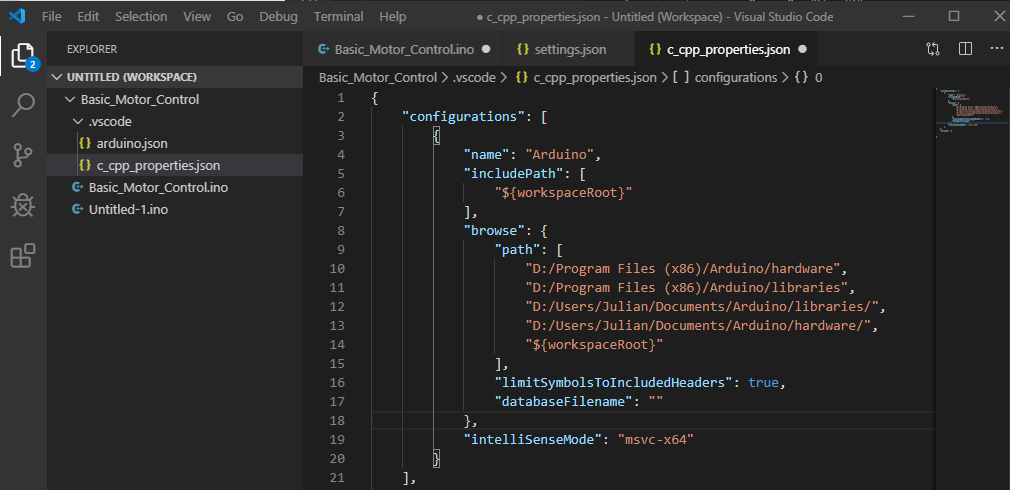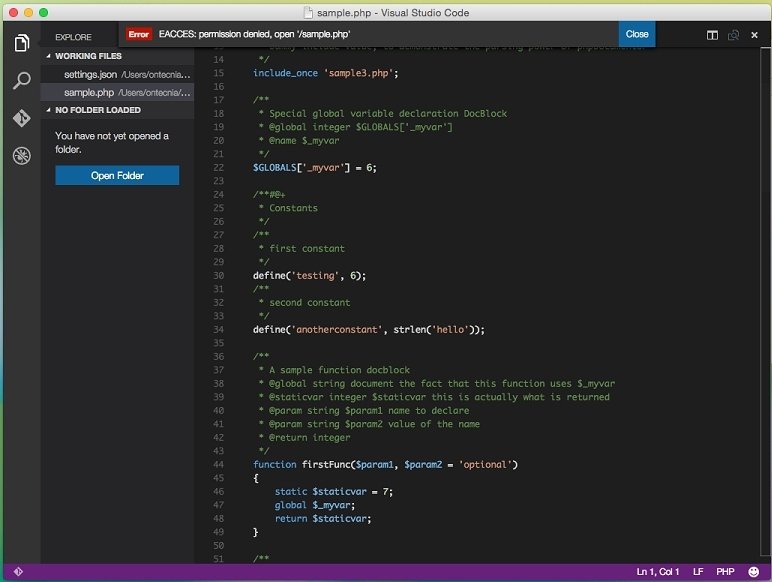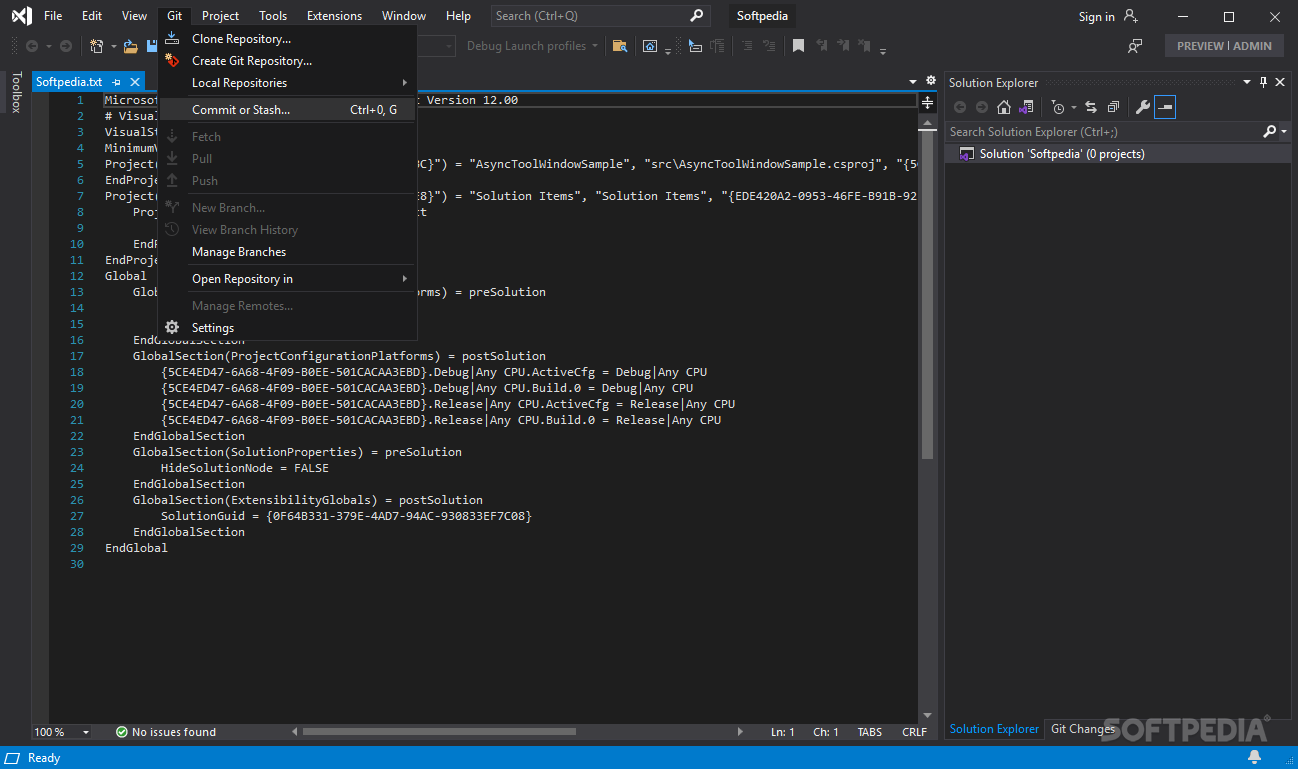

To stop adding data to the current session, click Stop the current Heap dump, Android Studio adds that data (along with your app's networkĪctivity) as a separate entry to the current session. To start a new session, click the Start a new profiling session buttonĪnd select an app process from the dropdown menu that appears. Switching between them, you can compare resource usage in various scenarios. By recording profiling information in multiple sessions and You can save Profiler data as sessions, which are retained until you

"Advanced profiling is unavailable for the selected process," you canĮnable advanced profiling in your run configuration to Not all profiling data is visible by default. For example, to access tools to inspect the heapĪnd track memory allocations, click the Memory graph. To access theĭetailed profiling tools, click the graph that corresponds to the performanceĭata that you want to inspect. This shared timeline view only shows the timeline graphs. Input, including keyboard activity, volume control changes, and screenĥ The shared timeline view, which includes graphsįor CPU, memory, network, and energy usage. Timeline to view, or use the Attach to live button to jump to the real-timeĤ The event timeline shows events related to user Android Profiler shared timeline viewġ Android Profiler shows the process and deviceĢ In the Sessions pane, choose which session toģ Use the zoom buttons to control how much of the When you launch aĭebuggable app, that process is selected by default.Īndroid Profiler continues to collect profiling data until you disconnect theįigure 1.

Processes, even though they might not be debuggable. The Android Emulator or a rooted device, the Android Profiler lists all running If you'veĬonnected a device over USB but don't see it listed, ensure that you have Target dialog, select the device on which to profile your app. To open the Profiler window, choose View > Tool Windows > Profiler orĬlick Profile in the toolbar.


 0 kommentar(er)
0 kommentar(er)
